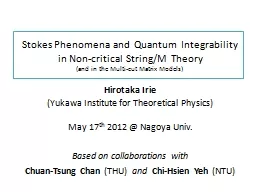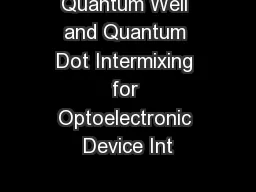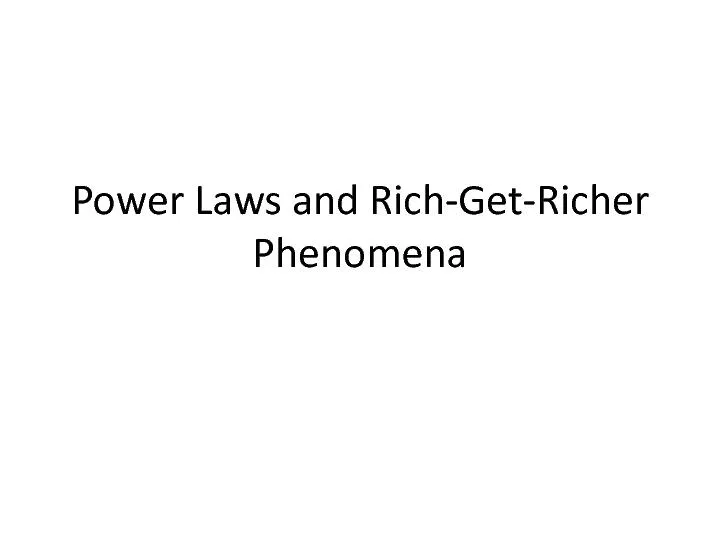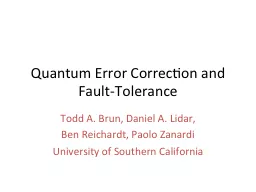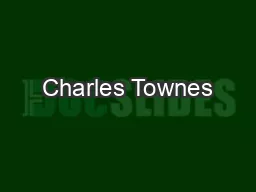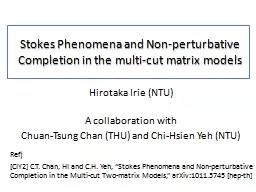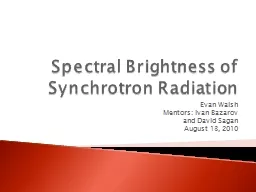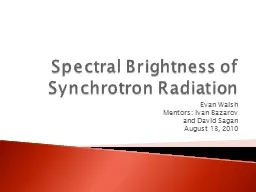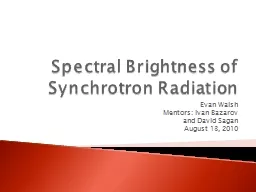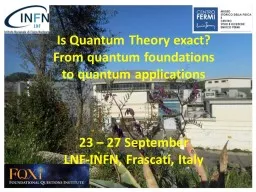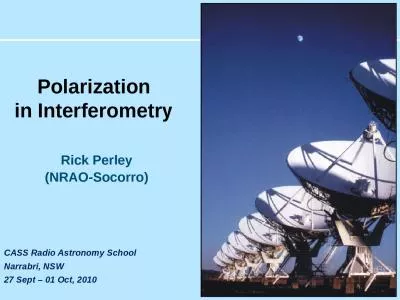PPT-Stokes Phenomena and Quantum
Author : lois-ondreau | Published Date : 2017-06-20
Integrability in Noncritical StringM Theory and in the Multicut Matrix Models Hirotaka Irie Yukawa Institute for Theoretical Physics May 17 th 2012 Nagoya
Presentation Embed Code
Download Presentation
Download Presentation The PPT/PDF document "Stokes Phenomena and Quantum" is the property of its rightful owner. Permission is granted to download and print the materials on this website for personal, non-commercial use only, and to display it on your personal computer provided you do not modify the materials and that you retain all copyright notices contained in the materials. By downloading content from our website, you accept the terms of this agreement.
Stokes Phenomena and Quantum: Transcript
Download Rules Of Document
"Stokes Phenomena and Quantum"The content belongs to its owner. You may download and print it for personal use, without modification, and keep all copyright notices. By downloading, you agree to these terms.
Related Documents

